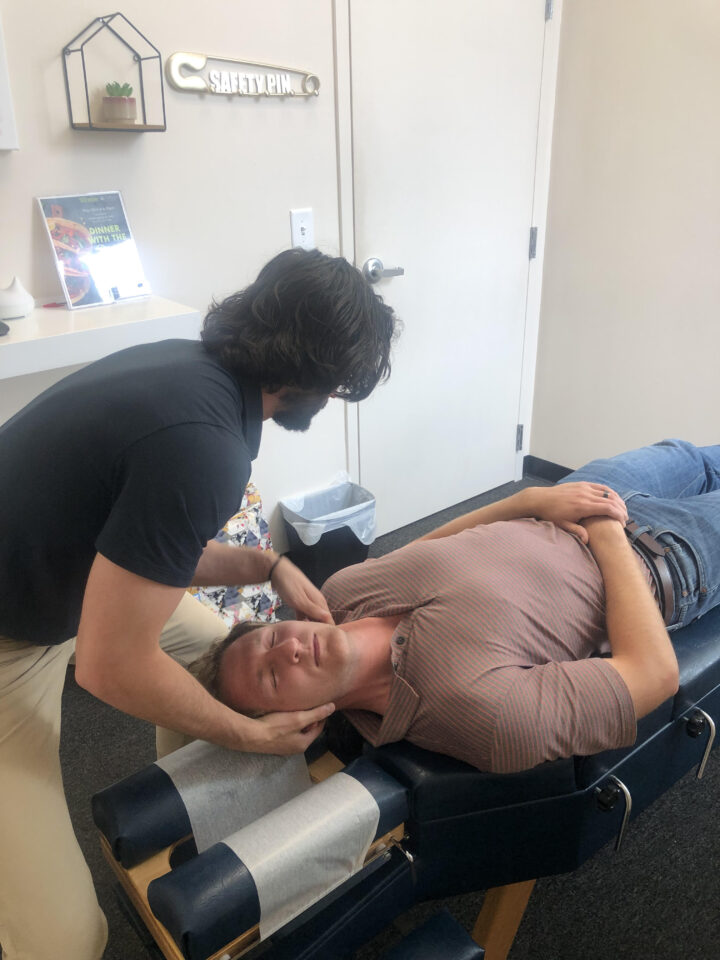What is Vertigo?
Vertigo is a type of dizziness that can make you feel like you’re spinning or the room around you is spinning. It’s more than just feeling woozy — it’s an intense sensation that can be very disorienting, and it can last for hours or even days. Vertigo is caused by a disruption in the balance center of your inner ear, which helps control balance and orientation in space.
Signs & Symptoms
While vertigo itself isn’t usually an illness, it can be caused by medical conditions such as inner ear infections, Meniere’s disease, stroke, head injury, abnormal fluid pressure in the inner ear canal, or brain tumors.
Other signs and symptoms of vertigo may include:
- nausea and vomiting
- difficulty with balance and walking
- changes in heart rate
- ringing in the ears (tinnitus)
- hearing loss or a feeling of fullness in the ears
- sweating due to anxiety
- visual disturbances
- difficulty concentrating
Vertigo is typically accompanied by a sensation of dizziness or unsteadiness, which can last for seconds or even days. People experiencing vertigo may feel like they are spinning around in circles, or as though the ground is shifting beneath them. Some people experience vertigo when lying down or turning over in bed, while others experience it when standing up quickly, bending over, looking up at heights, or after strenuous exercise such as running.
If you’re experiencing any of these signs and symptoms of vertigo, it’s important to see your doctor right away to rule out any major medical conditions causing your vertigo. Your doctor will be able to run tests to determine the cause of your vertigo and prescribe treatments to help you manage it. With proper diagnosis and treatment, vertigo can be managed effectively and put behind you for good.
Vertigo is a disorienting and often frightening condition that can affect anyone at any age. But what causes it? While the exact cause of vertigo isn’t always known, there are some underlying conditions that may be responsible. Here are a few of the most common causes:
1. Benign paroxysmal positional vertigo (BPPV)
This type of vertigo is caused by a disruption in your inner ear’s balance system, typically due to tiny calcium particles moving around within fluid-filled structures in the ear called “canals”. BPPV occurs when these particles become dislodged and move into one or more of the semicircular canals, sending conflicting signals to your brain which then interprets it as a sense of spinning or dizziness.
2. Vestibular neuritis
This is an inflammation of the vestibular nerve, which connects your inner ear and brain. It can be caused by a viral infection, such as a cold or flu virus, that causes swelling and irritation around the nerve. This can lead to vertigo symptoms, including rotational vertigo (a sensation of spinning) and positional vertigo (the feeling you’re moving when you’re not).
3. Meniere’s disease
This is an inner ear disorder that affects balance and hearing. It’s caused by an accumulation of fluid in the labyrinth – the part of your inner ear responsible for balance – resulting in pressure on the structures within that can cause vertigo. Symptoms of Meniere’s disease may include hearing loss, ringing in the ear, and dizziness or spinning sensations.
4. Migraines
Though not as frequent a cause of vertigo, migraines are known to trigger episodes of vertigo in some people. The mechanism behind this is still unclear but is believed to involve changes in blood flow within certain areas of the brain.
Vertigo can be debilitating, so it’s important to speak with your doctor if you think you may be experiencing symptoms of vertigo. With proper diagnosis and treatment, you can find relief from your symptoms and get back to life normally.

Chiropractic Techniques in Treating Vertigo
When it comes to treating vertigo, you’ve probably heard of the various medications and therapies that are available. But did you know one of the most effective treatments for vertigo is actually a chiropractic technique?
Chiropractors can use manual adjustments to help alleviate dizziness associated with vertigo. This involves gently manipulating the spine and neck in order to improve nerve signals between the brain and body. Research has shown this technique can be incredibly effective in relieving symptoms such as dizziness and nausea caused by vertigo.
In addition to manual adjustments, chiropractors may also recommend certain exercises for patients coping with vertigo. These types of exercises are designed to improve balance, strength, coordination, and posture. They can be especially helpful for those who suffer from recurrent vertigo episodes.
Chiropractors may also use a technique called vestibular rehabilitation therapy (VRT). VRT is specifically designed to retrain the inner ear muscles to help reduce symptoms of vertigo. It requires various head, eye, and body movements in order to improve balance and coordination. The exercises are typically done on a daily basis over an extended period of time in order to achieve the best results.
Finally, some chiropractors may recommend certain lifestyle changes as well that can help ease the symptoms of vertigo such as avoiding caffeine or eating smaller meals throughout the day. Making these simple adjustments can make a big difference in how you feel
With the proper technique and exercises, chiropractors can help reduce dizziness, nausea, and other common symptoms of vertigo. If you suffer from this condition, it’s worth exploring how a chiropractor might be able to help.
Collective Chiropractic is the best choice for treating vertigo with chiropractic care. We provide personalized care and treatment plans that are designed to help you find relief from your vertigo symptoms.
Treat Vertigo Holistically
Our team of experienced chiropractors are skilled in providing holistic and effective treatment plans tailored to your needs. We use a combination of gentle adjustments, manual therapy, and lifestyle modifications to help you find relief from vertigo.
Experience Care That’s Tailored to You
We understand that every patient is unique and has their own set of needs. Our team of chiropractors will create a customized treatment plan that’s tailored specifically for you and your condition.
Take Charge of Your Health
At Collective Chiropractic, we believe in empowering our patients with knowledge and helping them take charge of their health. We provide education on the causes, diagnosis, and treatment options for vertigo so you can make informed decisions about your care.
Let Our Trained Chiropractor Help You Find Relief!
Chiropractic care is a safe and effective way to treat vertigo. Our chiropractors are experienced in providing relief for conditions like vertigo, whiplash, and other head and neck related issues. Our team can help you develop a customized treatment plan to meet your specific needs.
Take control of your vertigo symptoms and start feeling better today. Book an appointment with us!



